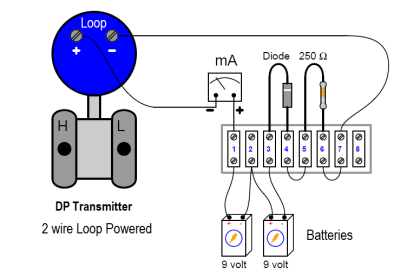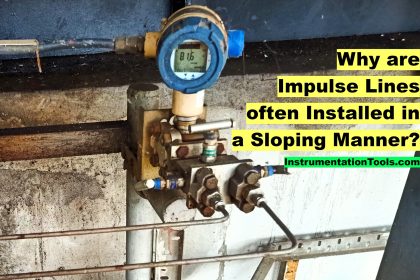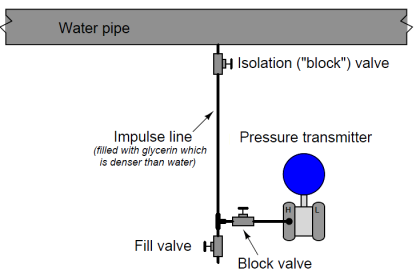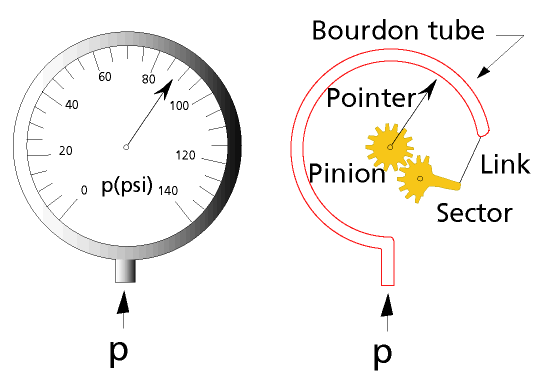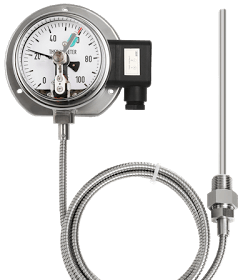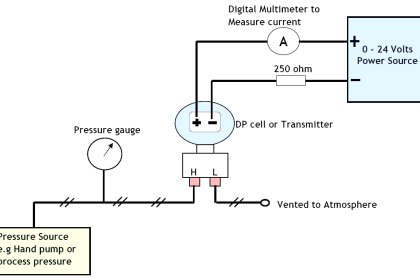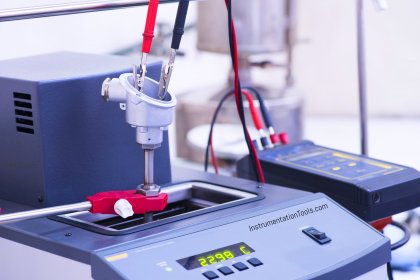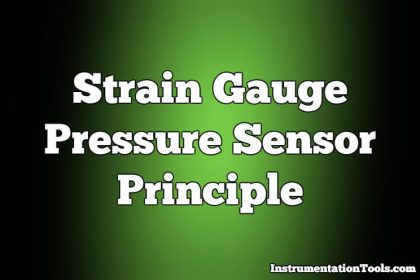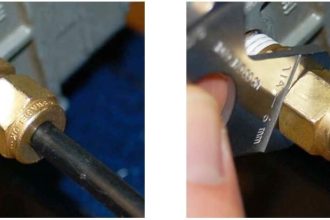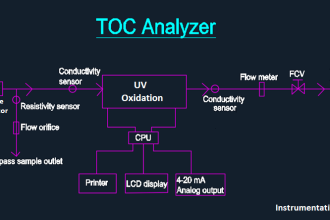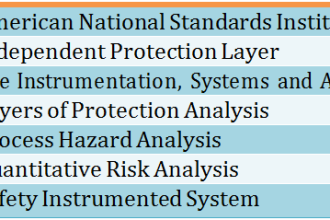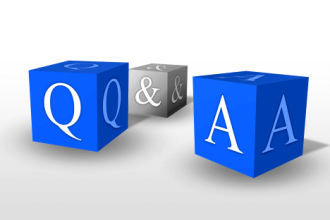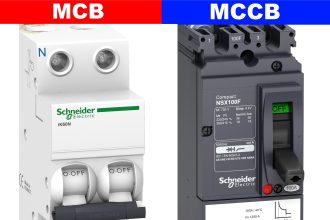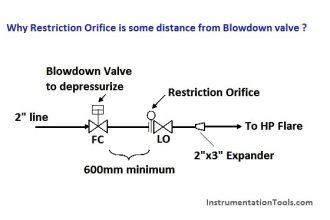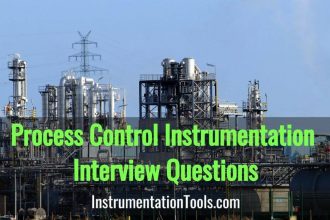In this post, we learn the principle of the Dead Weight Pressure Tester.
(Also called as Dead weight piston gauge or Pressure balance)
Types of Pressure Gauges Calibration
Pressure gauges can be calibrated with one of the following methods:
- Using Dead weight tester by calculating the actual pressure generated with the help of area of the piston, local ‘g’ and applied known mass.
- Using Dead weight tester by comparison method using the nominal pressure values mentioned on the pressure weights of the Dead weight tester.
- Using Digital Pressure Calibrator.
- By comparison method using a Digital pressure gauge and pressure generating system
The comparison between the measurement values of the instrument to be calibrated and the reference standard can be performed by two different methods:
1) Adjustment of the pressure according to the indication of the instrument to be calibrated, Reading as per set on UUC
2) Adjustment of the pressure according to the indication of the reference standard. Reading as per set on Reference Standard
Primary or Fundamental Method for Calibration of Pressure Gauge is a realization from the formula
P= F/A I.e. Pressure = Force/ Area.
SI unit for pressure is Pascal. I.e. Newton/Metre2
Principle of Dead Weight Pressure Tester
Dead weight Tester consists of an accurately machined piston of known weight which is inserted into a closed fitting cylinder of known cross-sectional area.
Weights of known mass are loaded on one end of the piston and the fluid (Air/Oil/Water) pressure is applied to the other end of the piston until enough force is developed to lift the piston.
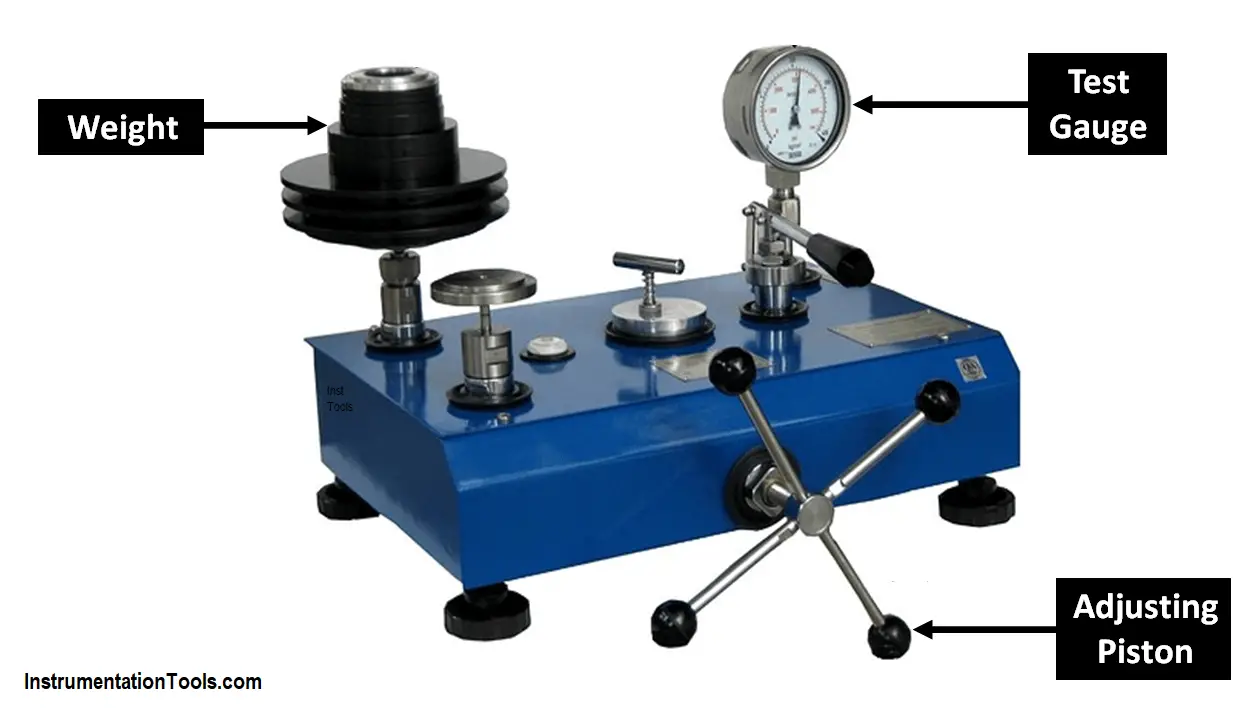
When the piston is floating freely within the cylinder (between limit stops), the piston is in equilibrium with the unknown system pressure. So the applied pressure is equal to the ratio of force due to the weight-piston and the area of cross-section of the piston cylinder.
A pressure balance is an instrument intended for measuring the pressure, based upon the principle of balancing the force produced by the measured pressure on a known area of known loaded weights, as realized with a piston-cylinder assembly.
A pressure balance consists of a vertical piston freely rotating within a cylinder. The two elements of well-machined quality define a surface called the ‘effective area‘.
The pressure to be measured is applied to the base of the piston, creating an upward vertical force.
This force is equilibrated by the gravitational downward force due to masses submitted to the local gravity and placed on the top of the piston. The piston is a part of the load.
The general definition of the pressure measured by the balance is obtained by analyzing the different components of the forces applied to the system.
For the Gas-operated Pressure Balance in gauge mode, the pressure definition is as follows:
Pressure= Force/ Area ;
Where Force = Mass X Acceleration due to gravity
F=m.g

Where:
∑ is Summation
Pe is the gauge pressure measured at the bottom of the piston,
mi is the individual mass value of each weight applied on the piston, including all floating elements,
g is the local gravity,
ρa is the density of air,
ρmi is the density of each weight,
Ap is the effective area of the piston-cylinder assembly at a reference temperature t
αp is the linear thermal expansion coefficient of the piston,
αc is the linear thermal expansion coefficient of the cylinder,
t is the measured temperature of the piston-cylinder assembly during its use,
tr is the reference temperature of the piston-cylinder assembly (usually 20 °C).
For the Liquid-operated Pressure Balance, a similar expression could be considered, and the force due to the surface tension of the liquid has to be added to the gravitational force:

Where:
σ is the surface tension of the liquid,
c is the circumference of the piston or its extension at the level where it emerges from the oil.
If you liked this article, then please subscribe to our YouTube Channel for Instrumentation, Electrical, PLC, and SCADA video tutorials.
You can also follow us on Facebook and Twitter to receive daily updates.
Read Next:
- Types of Calibration
- Magnehelic Gauge Calibration
- Selection of Master Instrument
- Why Calibration is Important?
- Calibration of Temperature Chamber
